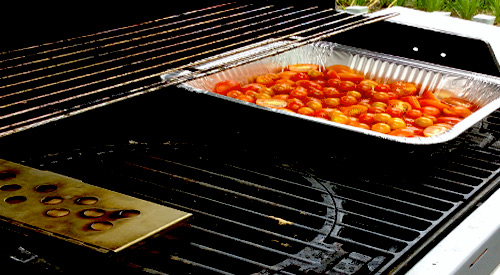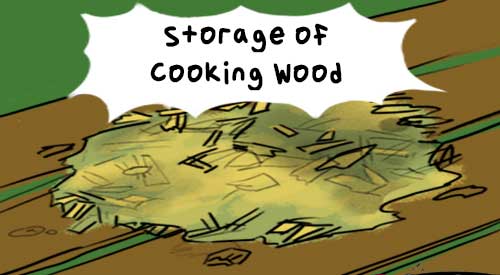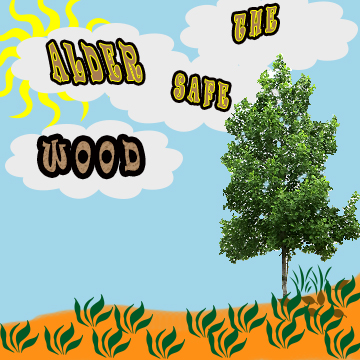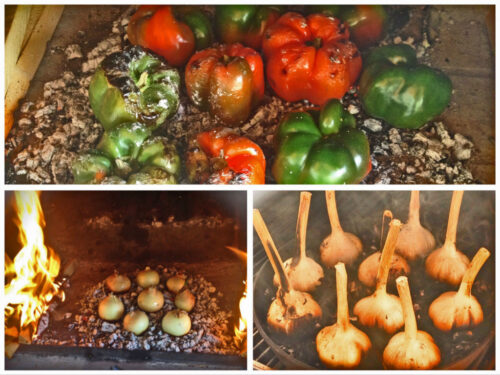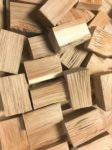Thu 2 Jan 2020
MARINATING: THE MYTHS AND TRUTHS TO GUIDE YOU
Posted by DrSmokeRead other related stories: Cooking , General Smoking Information , Smoking Tips
No Comments
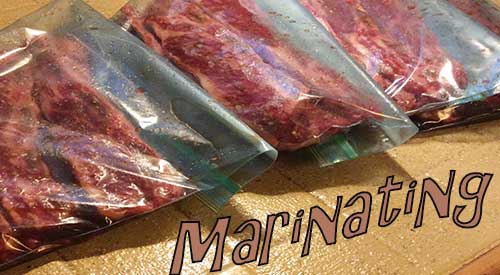
Marinating our Riblets in Zip Lock bag
Marinating- the Truths to guide you Share on X
Marinating-At one time or another, I’m sure you’ve either purchased a prepared marinade or constructed your own to use with some type of animal protein. Likely, your goal was to either add flavor or tenderize or both. But, let me ask you: Do you really know what marinades do for specific foods and do you know how to use them?
Our intention is to debunk the myths, get at the truth of what marinades can do and provide a guide on marinade amounts and ideal marinating times for specific foods.
Let’s get started!
PART I: Myth to Truth in Marinating
How Deep Do Marinades Go?
One of my favorite myths is that of the depth that marinades penetrate in meat. The tale is that once a meat is exposed to a marinade, it will get completely thru but this is far from the truth.
Marinades are a surface to few millimeters below surface benefit no matter what the content of the soaking liquid. The oil, herbs, seasonings and spices only add flavor to the exterior of the food with no ingredient ever penetrating to the center of the meat.
Are Bottled Dressings a Marinade?
We all look for ways to cut corners and one of the myths out there is that bottled dressings work just fine as a substitute marinade. The truth, however, is bottled dressings have high levels of acidity which when exposed to meat protein tend to break down the meat molecules too far resulting in a mushy texture. Additionally, bottled dressings are loaded with unwanted ingredients like sweeteners (sugar), gums, and stabilizers and lack ingredients that give any real flavor.
How Long Should You Marinate Meat?
As mentioned above, since marinades don’t penetrate deeply into meat, a longer marinating time doesn’t mean more tender or flavorful meat. In fact, the opposite becomes true. Marinating too long will allow the protein bonds in the meat to weaken resulting in a mushy exterior which can prevent the meat from holding on to moisture. That means you end up with a dry piece of meat.
Doesn’t the Acid in a Marinade Tenderize Meat?
When you’re looking to tenderize meat what you are really doing is breaking down connective tissue in the meat which is what produces tough cuts. Connective tissue is made up of collagen and fiber which can be weakened by an acidic ingredient like vinegar, wine, citrus juice, etc. The problem again is this affect is surface only and cannot penetrate to the core of the meat. Best advise is to use these ingredients sparingly and for shorter marinating times.
Can You Use a Marinade on Any Meat?
Since you’ve learned that marinades benefit the surface of the meat only, it is best for them to be used with thinner cuts of meat, like chicken breasts, cutlets, chunked meats, steak, and chops. Larger cuts of meat do best with a wet rub or spice paste.
PART II: Marinating Tips for High Flavor and Juiciness
Tip #1 Flavorings and Seasonings: Use a lot of these ingredients in marinades and be sure to watch the salt or it will inhibit the absorption of other herbs, spices, and seasonings.
Tip #2 Score the Meat: To achieve as much penetration as possible, score the meat’s surface with a knife or prick the surface with a fork.
Tip #3 Reactivating the Marinade: I personally like to marinate in a storage bag but you can use chaffing dishes or other similar large baking dishes covered with plastic wrap. When using a storage bag, ensure that all the air is out of the bag before sealing. Halfway through the marinating time, flip the storage bag or stir the meat in a dish to ensure everything is getting even soaking time.
Tip #4 Refrigeration: One risk with marinating is the development of microorganisms since you are dealing with raw meat. You can reduce this risk but getting your marinated meat in the refrigerator as quickly as possible to avoid the temperature danger zone of 40-140°F when bacteria can spread rapidly.
Tip #5 Wipe Off Excess and Discard Leftover: Remember, you’ve just marinated raw meat so never keep used marinade. It needs to be discarded immediately. If you feel you want to offer some of the marinade to go on the cooked food, simply keep a small amount separate from the marinating meat. Also, so you don’t get excessive flare-up on the grill, wipe off excess marinade from the meat before grilling.
PART III: Can you Marinate too long?
Guide to Marinating Foods
This guide is intended to provide a starting point for specific foods on the quantity of marinade needed and the timing of the marinating process.

By following these tips and guidelines, you’ll be sure to keep your foods moist, flavorful and promote a great mouth-food experience texture-wise.
Do you have favorite marinade ingredients? Leave us a comment to opine. Making you an informed consumer through valuable articles like this one. Leave us a comment and follow us or subscribe for more great recipes, techniques, tips, and the science behind the flavor and fire. That’s SmokinLicious®.
SmokinLicious® Products:
Wood Chunks- Double & Single Filet
Wood Chips- Grande Sapore®, Minuto® & Piccolo®

For related reading on marinating, be sure to check out our directory of previous blogs on smoking & grilling tips and techniques.
Other topics you may enjoy:
–HOW TO MAKE THE NEW PLANT-BASED BURGER TASTE EVEN MEATIER!
–GRILLING & SMOKING QUESTIONS/ANSWERS THAT MAY SURPRISE YOU!
-THE 3 PRIMARY HEAT SOURCES FOR GRILLING MEAT

Dr, Smoke- Marinating adds great flavor to your food!
Did you love this blog? Then please share!




 After stirring a couple of times, both the whole and halved Brussels sprouts are ready in about 20 minutes time. I simply remove them from the heat and bring them in to be added to my favorite recipes.
After stirring a couple of times, both the whole and halved Brussels sprouts are ready in about 20 minutes time. I simply remove them from the heat and bring them in to be added to my favorite recipes.





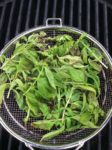



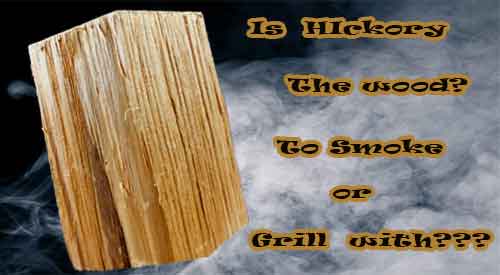
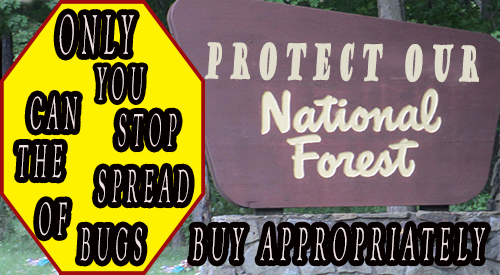

 Know this from the start – You do not need a large fire! A small fire is best to accomplish your cooking in about an hour’s time. For my fire, I am using ten SmokinLicious
Know this from the start – You do not need a large fire! A small fire is best to accomplish your cooking in about an hour’s time. For my fire, I am using ten SmokinLicious  You will know when the coals or embers are ready for cooking when you have uniform coals and they are glowing red from the bottom and gray on top. I keep a couple of larger coals banked to the side to maintain heat and for reserved hot coals. Just in case I need to rake more to the cooking side. I like to nestle a high heat metal cooking rack on the hot coals and then place my
You will know when the coals or embers are ready for cooking when you have uniform coals and they are glowing red from the bottom and gray on top. I keep a couple of larger coals banked to the side to maintain heat and for reserved hot coals. Just in case I need to rake more to the cooking side. I like to nestle a high heat metal cooking rack on the hot coals and then place my With the zucchini and coal rack in place, I give the embers about 8 minutes to char and cook the first side of the zucchini. After that time, I gently turn the zucchini so that each side gets an even char. Once the first 8 minutes are done, there will be less time needed for each of the other sides as the zucchini will hold heat. I’ve added one additional wood piece to my banked fire just to be sure I have enough heat in the coal area. I will not put the lid on the unit during the entire cooking process as this is open fire cooking. My total coal cooking time is approximately 16 minutes.
With the zucchini and coal rack in place, I give the embers about 8 minutes to char and cook the first side of the zucchini. After that time, I gently turn the zucchini so that each side gets an even char. Once the first 8 minutes are done, there will be less time needed for each of the other sides as the zucchini will hold heat. I’ve added one additional wood piece to my banked fire just to be sure I have enough heat in the coal area. I will not put the lid on the unit during the entire cooking process as this is open fire cooking. My total coal cooking time is approximately 16 minutes. After placing my ember fired fresh zucchini on hot coals for about 16 minutes total, turning several times to get an even char, this spectacular vegetable is ready for eating. You will see, there is very little coal bed left following this technique so remember, if you are cooking more than a
After placing my ember fired fresh zucchini on hot coals for about 16 minutes total, turning several times to get an even char, this spectacular vegetable is ready for eating. You will see, there is very little coal bed left following this technique so remember, if you are cooking more than a 